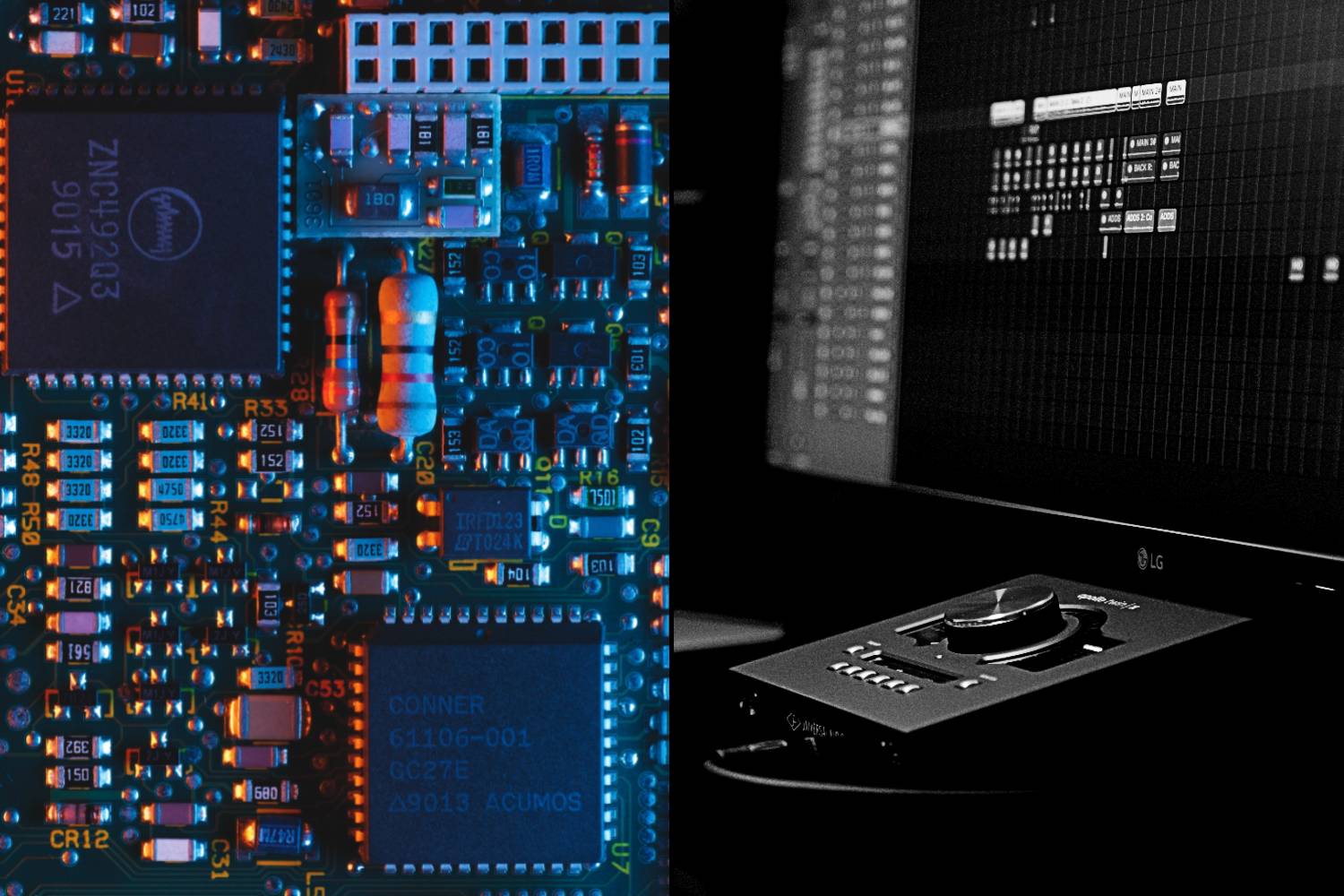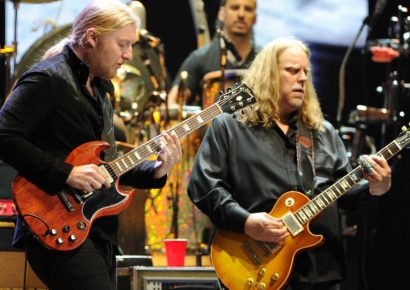Exploring the computer chip that allows us to listen, manipulate and record audio in the digital sphere.
Within the modern age of recording, mixing and mastering, built-in DSP effects are becoming a more regular feature for audio interfaces. Universal Audio has been leading the charge in this respect but there are now a plethora of manufacturers creating interfaces with effects processing able to be printed onto incoming audio signals at zero latency.
DSP Meaning
What makes all this possible are DSPs (Digital Signal Processors) which have become more and more necessary in the world of audio throughout the digital audio revolution. In light of this, we’re taking a deep dive into DSP today, asking what it is, how it is being used and why it’s important.
Summary:
- A Digital Signal Processor is a computer chip that manipulates incoming signals based on mathematical equations and outputs a result in real-time.
- DSPs are used anytime audio is processed in the digital realm which could be within a DAW, speaker, interface or even your phone.
- The importance of DSPs are evidently true within the current context of digital audio, where our computers can perform tasks that were usually relegated to physical hardware units such as compressors and recording consoles.
Read all the latest features, columns and more here.
What is DSP
In a nutshell, a Digital Signal Processor (DSP) takes an incoming signal, manipulates it based on mathematics, and outputs a result. You can think of a DSP as a very fast calculator that performs complex equations in very fast time frames. A common example of DSPs in the audio realm is Universal Audio’s range of interfaces that utilise an in-built DSP to add compression and other effects onto your input signal at zero latency without using precious processing power within your computer.
DSPs within the space of computer audio are usually independent chips that work in tandem with a CPU and GPU, taking on the brunt of signal processing. They are built specifically for real-time data streams and are designed to be fast at specific mathematic calculations.
On a deeper computing level, a DSP is also used in the recording and output of audio. An analog-to-digital converter (ADC) will take an input (a microphone for example) and convert the analog signal into binary digits before feeding that information to the DSP which will process the now digitised audio signal and allow it to be recorded to disk. The same can be said for going in the opposite direction, in which the DSP receives recorded audio, processes it and subsequently feeds it to a digital-to-analog converter (DAC) to play the audio back on speakers.
With this last example, the processing done by a DSP can be as simple as decoding it for playback, but in more complex cases can be used to alter the frequency response through EQ or compression and even enable active noice cancellation (ANC).
What does DSP stand for
Digital Signal Processing (DSP) is the basis on which DAWs (Digital Audio Workstations) function. In other words, without DSP, there would be no DAWs. Every change you make to an audio signal within the DAW environment uses DSP. This makes sense right? As we are changing a digital audio signal using computer processing power. Every plugin added to a DAW uses processing power on your computer or interface and allows you to add effects like reverb and saturation effects in a digital space.
Some uses of DSP are more computing heavy than others. For example a native plugin effect within Ableton uses a lot less processing power than an external Waves plugin due to the native plugins being optimised for use within that environment.
Even in live audio, most audio is now connected through ethernet cables to transmit digital audio from the stage to the digital console. Using these digital consoles, DSPs are at the forefront of their existence, allowing for the complete mixing process to be completed in the digital realm, a definite step away from running multicore cables long distances to the mixing position at a festival.
As processing power continues to improve as time goes on, DSP is being used in increasingly more ways throughout audio products. Within more consumer audio products, smart home devices such as Alexa or Siri utilise DSP to convert our voice into digital commands that can be used to change the lighting in your home or even search the internet.
This is really just scratching the surface of the uses for DSP within audio as inherently, every digital audio product and software, uses digital signal processing in some form.
Why is DSP important in an audio interface?
In the modern sphere of digital audio, DSPs are the main component that we use everyday (whether we’re aware of it or not), to create, alter and hear music. The 3.5mm jack output on your computer is run by DSP and allows your headphones to receive the correct information so that you can listen to Lorde’s new record on repeat all day.
DSP also allows our phones and computers to take in the analog signal of our voices and process it for transmission over the internet, via Zoom for example, which in turn utilise DSP to suppress background noise and optimise the playback of your voice by learning how your room sounds.
Within modern speakers, digital signal processors allow for EQ, filters and compression to be applied alongside more computation heavy usages like Genelec’s GLM processing. Even your wireless earbuds will have some form of DSP, acting as the link between your Bluetooth connection in and the physical audio waves generated by the small devices (not to mention the active noise cancelling present in a few models).
All in all, DSPs are the number one most important link in the digital audio chain, and allow audio products to function more efficiently through the specialised chipsets. Next time you’re listening to your favourite record, think about how DSP was the thing that likely made that possible.
For more on DSP, check out this video explanation of the process.







